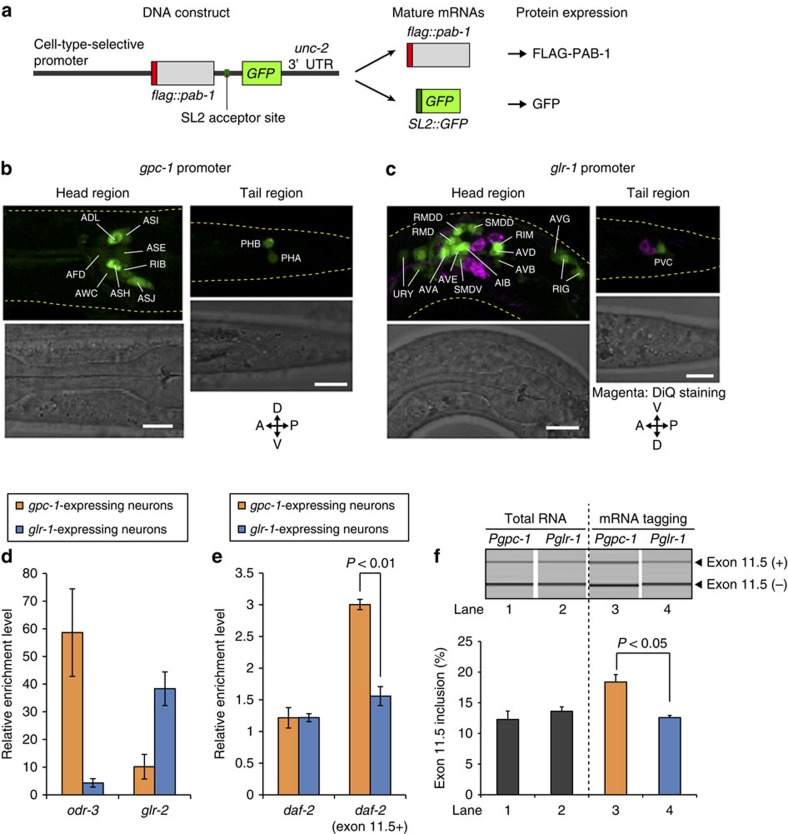Figure 2. Neuron-class-specific exon 11.5 selection of endogenous daf-2.
(a) Schematic of DNA constructs in transgenes used for cell-type-selective expression of FLAG-tagged poly(A)-binding protein (FLAG-PAB-1). An intergenic region between flag::pab-1 and GFP contains an acceptor site of spliced leader (SL2) trans-splicing. The minigenes produce two mature mRNAs from a polycistronic pre-mRNA by trans-splicing, and GFP is co-expressed with FLAG-PAB-1 as a marker. (b,c) GFP expression patterns of a worm expressing the flag::pab-1::SL2::GFP minigene under the gpc-1 (b) or the glr-1 (c) promoter, respectively. The gpc-1 promoter drives expression in 10 neuron classes, including 7 amphid sensory neurons (ADL, ASI, ASE, AFD, AWC, ASH and ASJ). The head and tail regions of L1 larvae are shown. Scale bars, 10 μm. (d,e) Enrichment levels of odr-3 and glr-2 mRNAs (d), and total daf-2 and daf-2 (exon 11.5+) mRNAs (e) relative to a ubiquitous gene, eef-1A.1, mRNA in gpc-1- and glr-1-expressing neurons. Relative mRNA levels were quantified by quantitative RT–PCR, and enrichment levels were calculated as ratios of the mRNA levels in neuron-type-specific poly(A)+ RNAs to those in total RNAs from whole worms. odr-3 is exclusively expressed in some amphid sensory neurons52; glr-2 is co-expressed with glr-1 in many neurons53. (f) RT–PCR analysis of daf-2 exon 11.5 using total RNAs from whole worms (lanes 1 and 2) and neuron-type-specific poly(A)+ RNAs (lanes 3 and 4), which were extracted from adult worms expressing FLAG-PAB-1 under the gpc-1 promoter (lanes 1 and 3) or the glr-1 promoter (lanes 2 and 4). The y axis represents molar ratio of exon 11.5(+) mRNA to the total. Error bars represent s.e.m. among experiments using three biological replicates, and P values were determined by two-tailed t-test (d–f). The utilized worm strains were JN1709 (b,d–f) and JN1710 (c,d–f), whose genotypes are shown in Supplementary Table 3.

